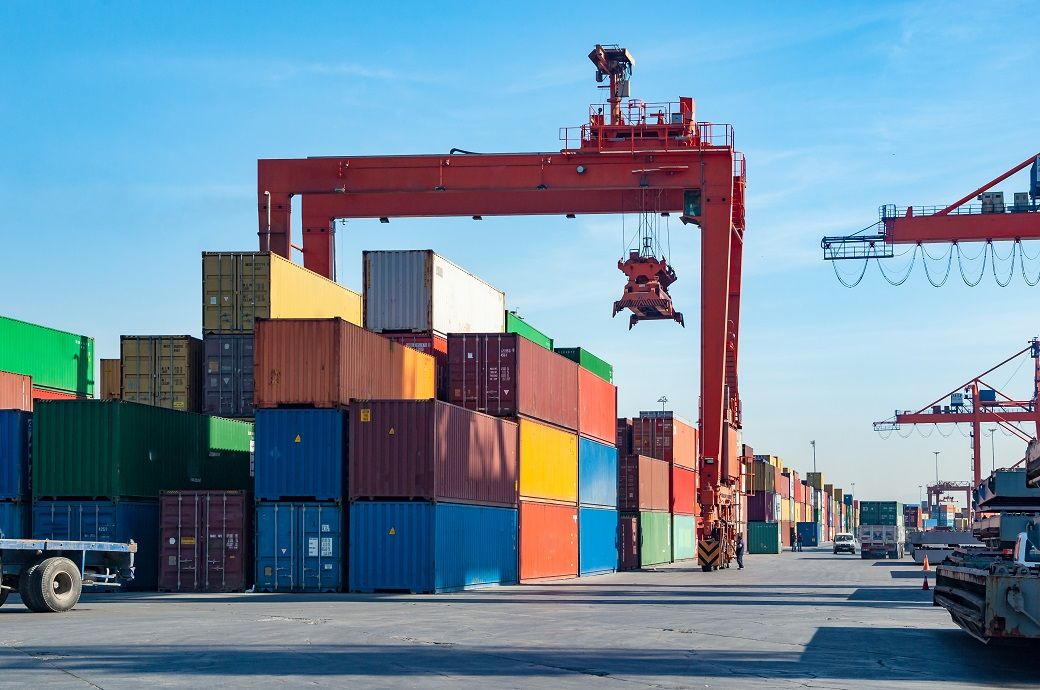
Escalating these moves are rising geopolitical tensions and evolving global trade dynamics, which have become more visible in the wake of rising tariffs and strained business relationships.
India offers a notable example. The imposition of tariffs by US President Donald Trump impacted India significantly. In response, Indian industry experts began calling for strategic diversification, urging businesses to reduce dependence on just a few markets while also tapping into the expanding demand within the domestic economy.
The idea is clear: turn inward to buffer the fallout from external disruptions.
Interestingly, India is not alone in adopting this approach. Vietnam, despite facing relatively lower tariffs—around 20 per cent—is also pivoting inward, it seems.
Vietnamese entities, especially in the garment and footwear sectors, are increasingly prioritising their domestic market amid the global trade uncertainties.
Reports from Vietnamese media highlight how these players are viewing the local market not merely as a fallback, but as a strategic and sustainable growth avenue.
Reports citing the Vietnam Textile and Apparel Association (VITAS) claimed domestic textile and apparel sales in Vietnam crossed the $5 billion mark in 2024, and from 2018 to 2023, the sector recorded consistent annual growth of 8–10 per cent, reflecting a clear trend of rising domestic consumption.
Industry stakeholders believe this is largely driven by a new class of consumers—those with rising income and evolving preferences.
“Today’s Vietnamese consumers are just not price-sensitive only; they also care about the origins of raw materials, the sustainability of production processes, and the overall brand ethos. This shift in consumer behaviour is something local businesses understand well, giving them an edge in tailoring product offerings that align with cultural expectations and emerging values,” claimed a person in the know of things.
The Ministry of Industry and Trade also highlighted Vietnam’s strong fundamentals: a young population, increasing incomes, and growing awareness around quality and style.
These factors make the domestic market lucrative, not just a safety cushion.
The footwear industry offers a compelling example of this shift. Vietnamese entities now reportedly command roughly 40 per cent of the domestic market, especially in the mid-range segment, even if industry leaders argued the local market provides a vital buffer amid global trade disruptions, adding that continued investment in local consumer engagement is crucial for long-term growth.
An executive from a major Vietnamese business conglomerate shared insights in this regard with the media recently, noting that after meeting international sustainability and compliance standards in key markets such as the EU, US, and Japan, the company decided to shift its focus inward.
The results have been promising: the firm reportedly witnessed 15–20 per cent annual growth.
This trend highlights a broader lesson for businesses in the emerging economies: the domestic market should not be viewed merely as a fallback but should be treated as a primary driver of growth. Experts now argue that by integrating the domestic market into core business strategies—rather than as a supplementary channel—businesses can build more resilient and balanced growth models.
In an era where external shocks—whether geopolitical or economic—can destabilise global trade fast, a robust and vibrant domestic market can act as both a shock absorber and a springboard.
ALCHEMPro News Desk (DR)
Receive daily prices and market insights straight to your inbox. Subscribe to AlchemPro Weekly!